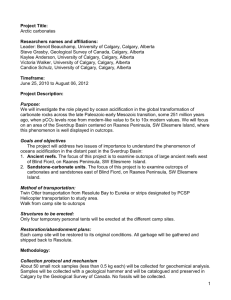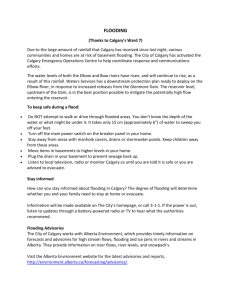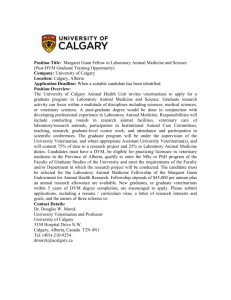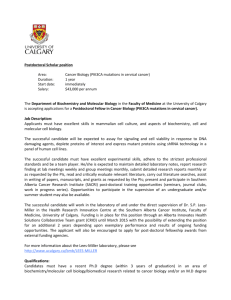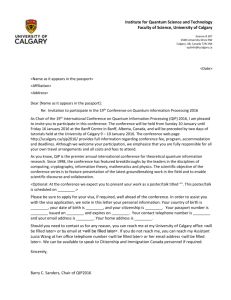Hazards and Management
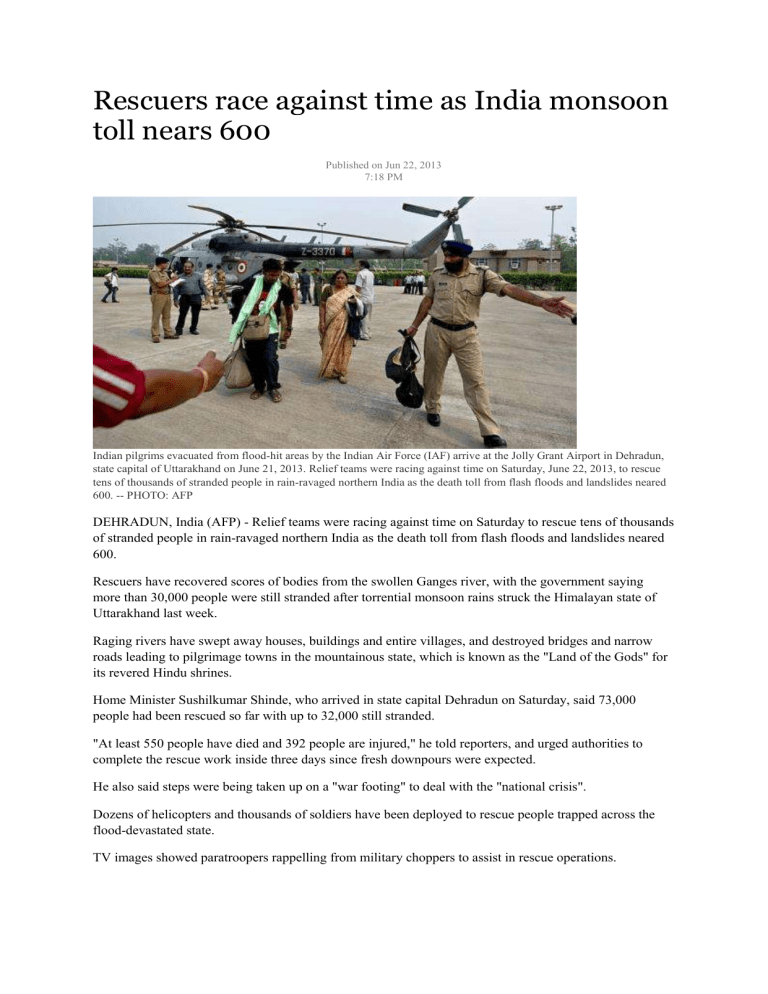
Rescuers race against time as India monsoon toll nears 600
Published on Jun 22, 2013
7:18 PM
Indian pilgrims evacuated from flood-hit areas by the Indian Air Force (IAF) arrive at the Jolly Grant Airport in Dehradun, state capital of Uttarakhand on June 21, 2013. Relief teams were racing against time on Saturday, June 22, 2013, to rescue tens of thousands of stranded people in rain-ravaged northern India as the death toll from flash floods and landslides neared
600. -- PHOTO: AFP
DEHRADUN, India (AFP) - Relief teams were racing against time on Saturday to rescue tens of thousands of stranded people in rain-ravaged northern India as the death toll from flash floods and landslides neared
600.
Rescuers have recovered scores of bodies from the swollen Ganges river, with the government saying more than 30,000 people were still stranded after torrential monsoon rains struck the Himalayan state of
Uttarakhand last week.
Raging rivers have swept away houses, buildings and entire villages, and destroyed bridges and narrow roads leading to pilgrimage towns in the mountainous state, which is known as the "Land of the Gods" for its revered Hindu shrines.
Home Minister Sushilkumar Shinde, who arrived in state capital Dehradun on Saturday, said 73,000 people had been rescued so far with up to 32,000 still stranded.
"At least 550 people have died and 392 people are injured," he told reporters, and urged authorities to complete the rescue work inside three days since fresh downpours were expected.
He also said steps were being taken up on a "war footing" to deal with the "national crisis".
Dozens of helicopters and thousands of soldiers have been deployed to rescue people trapped across the flood-devastated state.
TV images showed paratroopers rappelling from military choppers to assist in rescue operations.
The family of Kavita Tyagi, 26, stranded near the pilgrimage site of Badrinath for more than a week, recounted their ordeal after they were air-lifted by army choppers to Gauchar, a hill town in Chamoli district of the state.
"We had been stuck for more than a week. We ran out of food and all our money. My three-year-old son is with me and we can't describe the harrowing times that we have faced," she told AFP, her voice choked.
"My mother and brother are still to be evacuated since the chopper could accommodate only eight people.
We are now just praying that they too land safely," Ms Tyagi said.
Rescue teams were bracing for more challenges with further downpours expected in the state from Sunday onwards.
"The weather is already packing up. We are expecting fresh rains from tomorrow (Sunday) and that is why we are speeding up our operations," Ms Priya Joshi, spokesman of the Indian Air Force, told AFP.
A group of 20 trekkers including six Americans were rescued on Saturday after they were marooned near a remote glacier since the rains struck last week.
"They were on a trekking trip but got trapped because of the landslides and flash floods. The chopper has landed there now and they are all safe," Pithoragarh district's top official Neeraj Khairwal told AFP.
Also on Saturday, the army managed to make contact with nearly 1,000 people stuck in mountains near
Kedarnath, the NDTV news network reported.
Distraught relatives clutching photographs of missing family members have been waiting for days outside
Dehradun airport hoping for news of their loved ones.
The military operation, involving some 50 helicopters and more than 10,000 soldiers, was focused on reaching those stranded in the holy town of Badrinath after earlier finding of widespread devastation in the
Kedarnath temple area.
The Indian Air Force was transporting heavy equipment for repairs of roads and construction of temporary helipads, according to an official press release.
"A heavylift Mi-26 transport helicopter has already landed at Gauchar with 30 barrels of fuel and 70 paratroopers," it said.
Special trains and buses have been pressed into service to ferry tourists back home while medical and food supplies were also being flown in to the stranded people.
Minister Shinde said some of the bodies recovered from different places in the state were "badly mutilated", making it difficult to identify them.
"The DNA of the victims will be preserved," he said.
Uttarakhand Chief Minister Vijay Bahuguna had on Friday attacked the India Meteorological Department
(IMD) for not issuing adequate warning ahead of the heavy rains, which struck earlier than expected, saying the local government was unable to prepare for the deluge and evacuate people on time.
"The IMD warning was not clear enough," he said.
Another 17 people have been killed in the adjacent state of Himachal Pradesh where seven foreigners were evacuated on Saturday from the scenic tribal districts of Lahaul and Spiti.
Floods and landslides from monsoon rains have also struck neighbouring Nepal, leaving at least 39 people dead, the Nepalese government said.
Bad weather hampering rescue efforts, says
Indian army as monsoon toll hits 1,000
Published on Jun 23, 2013
2:55 PM
In this handout photograph released by the Indian Ministry of Defence, Indian military personnel help a pilgrim cross over a river that was stranded by flood waters in Uttarakhand state on June 22, 2013. Army officials say bad weather was hampering efforts to evacuate thousands of people stranded in northern India where nearly 1,000 people have died in monsoon flooding and landslides. -- PHOTO: AFP PHOTO / MINISTRY OF DEFENCE
GAUCHAR (India) (AP) - Army officials say bad weather was hampering efforts to evacuate thousands of people stranded in northern India where nearly 1,000 people have died in monsoon flooding and landslides.
Brig. Uma Maheshwar said on Sunday that the army has suspended helicopter flights to rescue people stranded in Uttarakhand state after dense fog descended on the Himalayan region. Instead, troops built makeshift bridges and people were being brought to safety by road.
Chief Minister Vijay Bahuguna told reporters late Saturday that the death toll had reached 1,000. The exact number of people who have died in the torrential downpours and flooding of the Ganges River will be known once rescue efforts were over, he said.
Thousands of people were still stranded in remote mountain valleys in Uttarakhand, a popular pilgrimage destination.
Rivers receding in Calgary, at least 3 dead in floods
Published on Jun 23, 2013
1:03 PM
A house is submerged by flood water at a park near the Bow River in Calgary, Alberta, Canada June 22, 2013. The two rivers that converge on the western Canadian city of Calgary were receding on Saturday after floods devastated much of southern Alberta province, causing at least three deaths and forcing thousands to evacuate. -- PHOTO: AFP
CALGARY, Alberta (AP) - The two rivers that converge on the western Canadian city of Calgary were receding on Saturday after floods devastated much of southern Alberta province, causing at least three deaths and forcing thousands to evacuate.
The flooding forced authorities to evacuate Calgary's entire downtown and hit some of the city's iconic structures hard. The Saddledome, home to the National Hockey League's Calgary Flames, was flooded up to the 10th row, leaving the dressing rooms submerged.
Flames' president and CEO Ken King said Saturday that the Saddledome is a "real mess," with water still up to row 8 of the lower bowl. He said the flooding had caused a total loss on the event level with all mechanical equipment submerged under 15 feet (4.5 metres) of water.
"If you were a hockey player walking out of the tunnel to the ice, you'd be underwater yourself," he said during a news conference.
Water lapped at the roof of the chuckwagon barns at the grounds of the Calgary Stampede, which is scheduled to start in two weeks.
Calgary Mayor Naheed Nenshi has said the city will do everything it can to make sure that the worldrenowned party goes ahead.
Bruce Burrell, director of the city's emergency management agency, said Saturday they are seeing improvements in the rivers. Dan Limacher, director of water services for the city, said the Elbow river is expected to recede by about 60 percent over the next two days, while the larger Bow river will recede by about 25 percent.
The improving conditions Saturday morning prompted Calgary's mayor to tweet: "It's morning in Calgary!
Sunny, water levels are down, and our spirit remains strong. We're not out of this, but maybe have turned
corner." However, Nenshi said later Saturday that while the city may have turned a corner, there is still a state of emergency in effect.
"Flows on Elbow and Bow (rivers) are dropping slowly. We do believe the peak has passed on the Elbow.
However, water levels are still four times higher than 2005 flood levels," he said during a press conference.
Overflowing rivers on Thursday and Friday washed out roads and bridges, soaked homes and turned streets into dirt-brown waterways around southern Alberta.
High River, southwest of Calgary, was one of the hardest-hit areas and remained under a mandatory evacuation order. Police said they have recovered three bodies in the town.
It is estimated that half the people in the town of 13,000 experienced flooding in their homes. Police cut off access to most of the town and helicopters circled overhead. Abandoned cars lay submerged in water, while backhoes worked in vain to push water back from houses.
Police asked residents who were forced to leave the High River area to register at an evacuation shelter. By
Saturday morning, 485 evacuees had registered at the shelter in Nanton, south of Calgary, and 278 people were on the inquiry list.
The Royal Canadian Mounted Police said Saturday that during rescue and evacuation efforts on Friday in the High River area, approximately 800 people were evacuated by helicopter along with 100-200 people rescued by various water craft.
Ed Mailhot, a volunteer in High River, was working to build a database of registered evacuees and those who are looking for them.
Cellphone service was not restored until late Friday.
"There are a lot of loved ones out there that people can't find, or they don't know where they are," he said.
"It's still chaos." Alberta Premier Alison Redford has warned that communities downstream of Calgary have not yet felt the full force of the floodwaters.
Medicine Hat, downstream from Calgary, was under a mandatory evacuation order affecting 10,000 residents.
As the sun rose in Calgary on Saturday morning it wasn't raining. Burrell said some of the 75,000 flood evacuees from more than 24 neighborhoods will be allowed back into their homes. He said the goal is to allow people from portions of six communities back into their homes on Saturday. Residents of a neighborhood in one of those communities - the high ground portion of Discovery Ridge -have already been allowed back.
About 1,500 people in Calgary went to emergency shelters during the flooding, while the rest of those evacuated found shelter with family or friends, Nenshi said. Schools and courts were closed Friday. Transit service in the city's core was shut down.
Dale McMaster, executive vice president of ENMAX, Calgary's power company, said Saturday that at least 30,000 customers remain without power.
Calgary's mayor said the downtown area remained off limits and employers will have to make arrangements to have staff work remotely until at least the middle of the week.
"It is extremely unlikely that people will be able to return to those buildings before the middle of next week," Nenshi said.
Prime Minister Stephen Harper, a Calgary resident, said he never imagined there would be a flood of this magnitude in this part of Canada.
The Conservative Party said Saturday that it has postponed its federal policy convention which was scheduled to begin Thursday at the Telus Convention Centre in downtown Calgary because of the floods.
"There are neighborhoods under water, so there is a lot of work we have to do to rebuild," said Michelle
Rempel, a member of Parliament for Calgary Center. "Postponing the convention is the right thing to do for the people of Calgary." Calgary, a city of more than a million people that hosted the 1988 Winter
Olympics, is the center of Canada's oil industry.
About 350,000 people work in downtown Calgary on a typical day. However, officials said very few people had to be moved out, since many heeded warnings and did not go to work Friday.
A spokesman for Canada's defense minister said 1,300 soldiers from a base in Edmonton were being deployed to the flood zone.
The Mounties added that approximately 200 additional Royal Canadian Mounted Police personnel were deployed Saturday from other parts of Alberta to assist with evacuation, rescue, traffic safety and security operations, Calgary was not alone in its weather-related woes.
Efforts were under way Saturday to move more than 2,000 people from their homes in a flood-prone part of northeastern Saskatchewan because of rising water levels.
Saskatchewan's deputy emergency management commissioner Colin King said the water is going to rise to an unprecedented level in the Cumberland House area.
The communities are downstream of where the North and South Saskatchewan Rivers meet and those rivers are swollen as floodwaters from Alberta head east.
The Saskatchewan Water Security Agency said inflows on the South Saskatchewan River into Lake
Diefenbaker are expected to be the highest ever recorded.
The South Saskatchewan River is expected to rise six feet (two metres).



